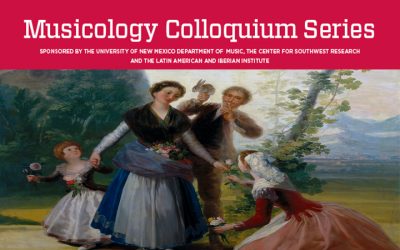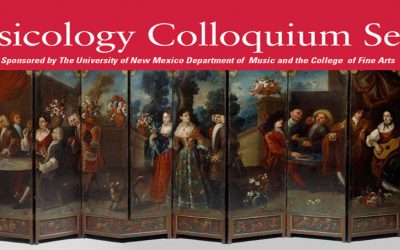 Dr. Finnie D. Coleman is the Director of American Literary Studies n the Department of English at the University of New Mexico where he teaches courses in African American literature and culture.He has served as Interim Dean of University College and Director of Africana Studies. At Texas A&M University Dr. Coleman served as the Director for Honors in the Office of Honors Programs and Academic Scholarships. Prior to his career in academia, Dr. Coleman served as an Army Intelligence Officer during the Persian Gulf War in Germany, Saudi Arabia, and Kuwait. He is married to UNM’s Dr. Doris Careaga Coleman. They have two children, Anele and Finnie.
Dr. Finnie D. Coleman is the Director of American Literary Studies n the Department of English at the University of New Mexico where he teaches courses in African American literature and culture.He has served as Interim Dean of University College and Director of Africana Studies. At Texas A&M University Dr. Coleman served as the Director for Honors in the Office of Honors Programs and Academic Scholarships. Prior to his career in academia, Dr. Coleman served as an Army Intelligence Officer during the Persian Gulf War in Germany, Saudi Arabia, and Kuwait. He is married to UNM’s Dr. Doris Careaga Coleman. They have two children, Anele and Finnie.
The University of New Mexico’s Department of Music and the College of Fine Arts welcomes Dr. Coleman to Keller Hall as he discusses a closing chapter from his book manuscript Visible Rhythms. Music from Janelle Monae, Kendrick Lamar, and Brother Ali set the stage for a discussion of Hip Hop Activism, the Black Lives Matter Movement, and Coleman’s chapter titled “Navigating the Mythologies of Postraciality; Race, Identity, and Underground Hip Hop Culture.”
Dr. Kristina Jacobsen, Assistant Professor of Ethnomusicology, releases book
The Sound of Navajo Country: Music, Language and Diné Belonging (University of North Carolina Press), examines cultural intimacy and generational nostalgia on the Navajo (Diné) Nation (click here for brief interviews in English and Italian about her research).
Spain the ‘Eternal Maja’: Goya, Majismo, and the Reinvention of Spanish National Identity in Granados’s Goyescas.
This talk will explore the influence of artist Francisco Goya (1746-1828) on one of the greatest masterpieces of Spanish music, the Goyescas suite for solo piano by Enrique Granados (1867-1916).
‘Sol y Sombra’: Music in Images in the Arts of New Spain presented by Ray Hernández-Durán
Scenes depicting musicians performing are found in a range of colonial art forms. Here, I briefly explore religious music from the 16th century through an examination of mission design and manuscript illuminations, and secular or profane music from the 18th century represented in genre paintings, domestic spaces, and biombos.



